Price elasticity of demand (PED)
Price elasticity of demand and its determinants
Price elasticity of demand: measures the responsiveness of quantity demanded to a change in price, along a given demand curve.
- Mathematically the value is negative, but we treat it as positive.
Price elastic demand (less than infinity).
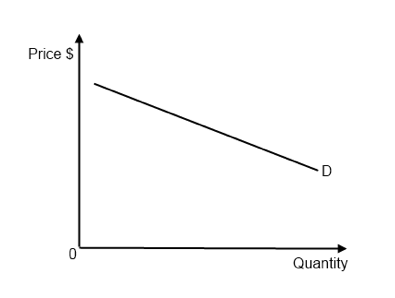
Figure 2.1 - Price elastic demand
Price inelastic demand (greater than zero)
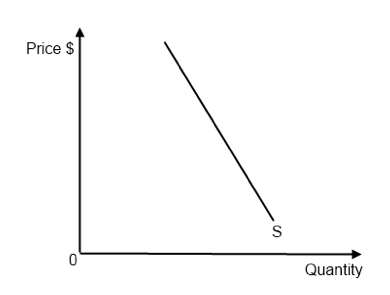
Figure 2.2 - Price inelastic demand
Unit elastic demand
- %change in P = %change in Qd
- Total revenue will not change when price changes (same revenue box)
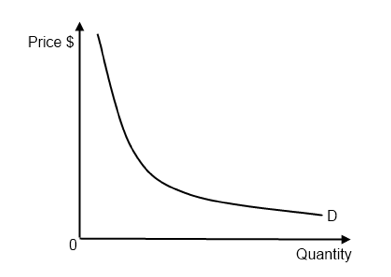
Figure 2.3 - Unit elastic demand
Perfectly elastic demand, demand is zero at all but one price.
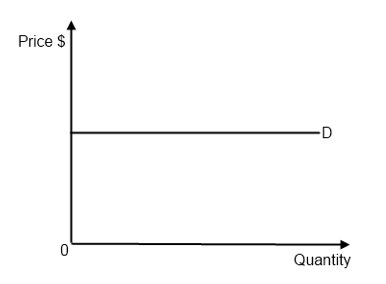
Figure 2.4 - Perfectly elastic demand
Perfectly inelastic demand, demand is constant at any price.
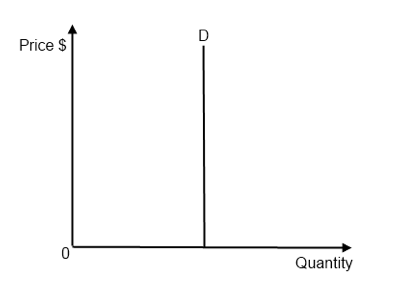
Figure 2.5 - Perfectly inelastic demand
Determinants of PED:
- Number and closeness of substitutes: more substitutes available & closer → higher PED
- Degree of necessity (and how widely it is defined): lower the degree of necessity → higher PED; the more vague it is defined, i.e. food → higher PED
- As it is more narrowly defined → more subjective
- Time period considered: more time to consider → higher PED
- Inelastic in the short term, elastic in the long term
- Income spent: the higher the income spent → higher PED
-
- Value of PED falls as the measuring points move down a demand curve. PED is not represented by the slope of the demand curve.
Applications of price elasticity of demand
Applications of PED:
- Governments: if inelastic (low) PED → less consequence if P → impose more indirect tax
- Firms: if inelastic (low) PED → more revenue if P → price of the product rises
